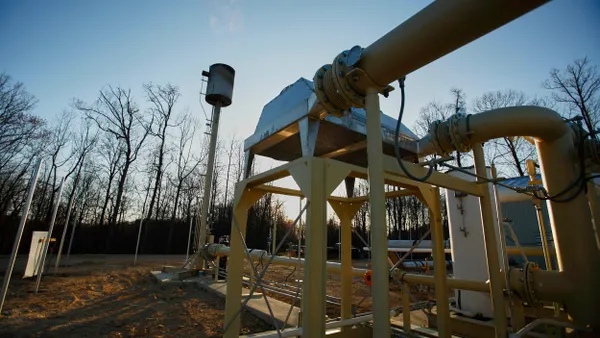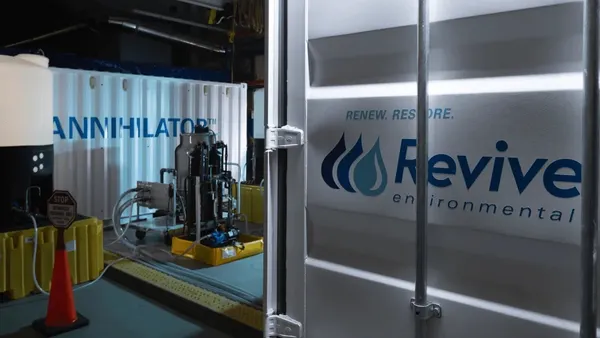Dive Brief:
- A new report from the Environmental Research and Education Foundation (EREF) addresses how to determine when to transition from active to passive care of a landfill after it has closed. Current federal regulations require maintenance of closed landfills for 30 years.
- The report focuses on evaluating four major post-closure care elements: leachate management, landfill gas management, groundwater monitoring, and cover maintenance.
- EREF first provided funding to develop a performance-based Evaluation of Post-Closure Care (EPCC) in 2006. But the finalized report focuses on how EPCC methodology can effectively assess a closed landfill’s functional stability, a condition that must be achieved before transitioning to passive controls. The report concluded the ability to demonstrate that a transition is appropriate is dependent on site conditions and available data.
Dive Insight:
As the law now stands, a closed landfill must be maintained and monitored for 30 years, but there are no set guidelines to proactively determine when a problem could ensue. This is an issue as communities' waste volumes grow and landfills begin to close more rapidly. Due to a prior lack of methodologies, there are no guarantees closed landfills will stay stable, or if they will begin to release leachate or emit potentially harmful greenhouse gas levels.
"The key that unlocks the door to successful [post-closure care] is ensuring that the right data are collected and the site is evaluated relative to the property end-use which drives the point of exposure used in the analysis," said Dr. Jeremy Morris, the project’s primary investigator.
Using performance-based criteria dependent on science and data to guide post-closure care, the EPCC has potential as a powerful decision-making tool. It could provide a roadmap for landfill operators and regulating agencies to proactively manage landfills at and past the end of their lives.









